
by Mx. Kris Vyas-Myall
I guess it had to happen. I have reached the age of 34 and am annoyed by modern pop music. I should say this is one specific type. Not the experimental psychedelic sounds of Jimi Hendrix or Pink Floyd, nor the soulful songs of Gladys Knight or The Four Tops. No, I am referring to sickly sweet “flower music” that has come over from California.

I first noticed it with Jan & Dean’s Yellow Balloon, a song which makes nursery rhymes sound like The Rolling Stones.
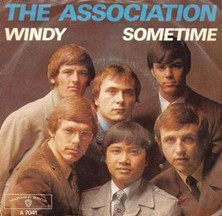
This was followed by more creeping into the charts such as The Association apparently performing a weather forecast and Harper’s Bizarre doing two awful covers of already poor songs. Then the worst has now been appearing everywhere. Scott McKenzie’s San Francisco, which sounds less like a pop song as an advertising jingle for flora hats.

So many of them are appearing on pirate radio now, apparently superseding the beats and blues sounds I have enjoyed over the last few years. Having to hear so many cloying horticultural tunes from groups like The Young Rascals, The Turtles and The Johnny Mann Singers, is enough to make anyone want to hide in the past.
Thankfully there is a new magazine just for that: Robert Lowndes' (of '50s magazine editing fame) new effort, Famous Science Fiction.
Famous Science Fiction
Famous is about 90% reprint and 10% new material. We are told the purpose is to bring to light pre-1938 stories that were well regarded but have since been out of print, whilst also bringing back an intermediate market for SF between Amazing and the comics.
Famous #1
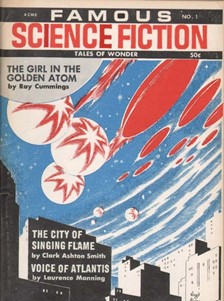
The cover is not an original Finlay, rather a colourisation of a piece from 1962’s Amazing.
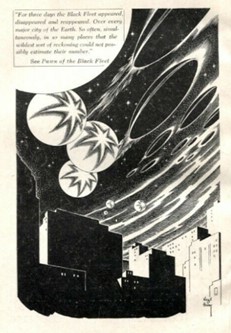
The Girl in the Golden Atom by Ray Cummings
Ray Cummings story is his first and indeed was well known. However, it has been reprinted many times.
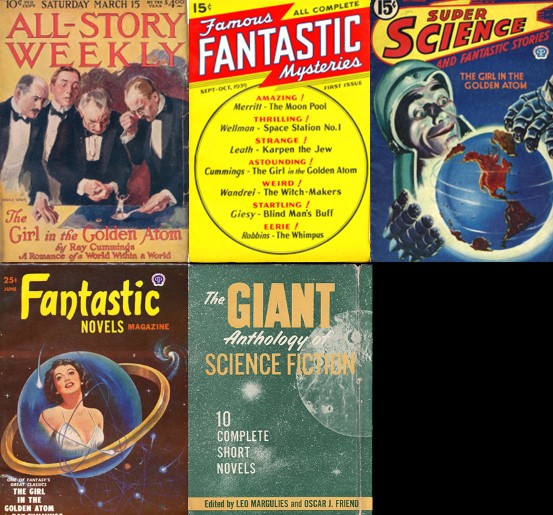
It first appeared in All-Story Weekly in 1919 and most recently in the collection The Giant Anthology of Science Fiction. Whilst this last reprint was thirteen years ago, it doesn’t feel as hard to find as Lowdnes seems to intend.
Anyway, it concerns a chemist (named merely The Chemist) who recites to his friends how he created a powerful microscope allowing him to see objects smaller than ever before. Looking inside a gold ring he finds a woman sitting inside a cave. He develops chemicals to shrink and grow himself so he can enter this microscopic world. From here it proceeds into an adventure tale as he must save her nation from destruction at the hands of an invading force.
Although it is important to acknowledge this story is almost fifty years old, this still feels old-fashioned for the time, more Victorian than Post-War in style. Also, even for the 1910s, the science is ridiculous. For example, the golden ring world resembles Earth because it comes from Earth, whilst Martian atoms would resemble Mars.
All of this would be tolerable if it weren’t so dull. Large sections are just spent with The Chemist explaining dull details and his friends ejaculating in surprise between puffs of cigars. Journey to the Centre of the Earth this is not!
Two stars…just.
The City of Singing Flame by Clark Ashton Smith
Smith fits Lowdnes’ brief better as, unlike fellow Weird Tales writers Howard and Lovecraft, his reprints have largely been restricted to a couple of Arkham House collections. That is, except for the Singing Flame stories!
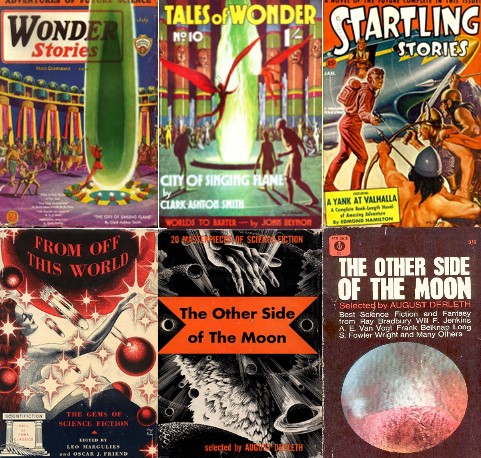
City of the Singing Flame first appeared in Gernsbeck’s Wonder Stories in July 1931. It was then combined with its sequel, from November of the same year, (see below) in Tales of Wonder in 1940 whereupon it became a regular reprint, up to Derleth’s The Other Side of The Moon, which you can still get in paperback today.
In the narrative, Hastane has received the journal of author Giles Angrath, who recently disappeared along with artist Felix Ebbonly. In the journal’s account, Angrath is walking near his cabin when he steps into a mysterious stone circle and is transported to another place. He begins to explore the strange new land, encountering the beings that dwell there and their Singing City.
Comparing this to Golden Atom, Singing Flame does everything right Cummings' story does wrong. Where Atom gets bogged down in technical gobbledygook, this is just willing to say it doesn’t understand, whereas the former creates an unimaginative repetition of our world, the latter is a work of colossal imagination, unlike any other I have read. And, most importantly, it is never dull.
Four stars
Voice of Atlantis by Laurence Manning
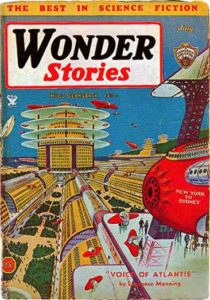
This comes from Wonder Stories in 1934, but I do not believe it has been reprinted. Congratulations, one out of three!
Clearly a fan of Manning, Lowndes has reprinted three others from this series in Magazine of Horror, where members of The Strangers Club tell each other unusual tales.
Volking tells of his experiments in telepathy, where he makes contact with a man from twenty thousand years in Earth’s past. This is a man from Atlantis, whose civilization was significantly more advanced than ours and is surprised by how savage we are today.
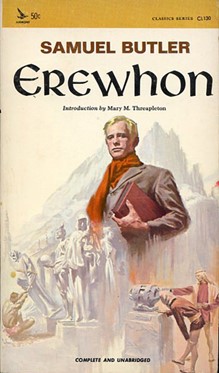
This also feels very Victorian, reminding me of lost civilization tales like Erewhon. It should also be mentioned that even the characters note its style of using Socratic dialogue feels clumsy and the science is nonsensical. At least there is a kernel of some interesting ideas.
Two Stars
And now for the two new vignettes:
The Plague by George Henry Smith
In 2200, The Death Thing has come to a convent to claim the lives of eighteen young women. If Father Joseph does not accede to the request, all the children may be taken.
This is a dark and grim, if rather obvious tale. Like a combination of Killdozer and a Twilight Zone episode. However, the atmosphere raises it up a little.
Three Stars
The Question by J. Hunter Holly
Fifty years ago, the Vegans first encountered humanity. Humanity was told they would be allowed to join the family of intergalactic civilization if Earth could wipe out warfare. Since then, the World has strived to reach that goal, but will the Vegans be satisfied?
Well told story, if a little old fashioned and moralistic.
Three Stars
So, a mediocre start, with the one standout tale you can pick up elsewhere for a few shillings. But will it get better?
Famous #2

Another Finlay cover, this time from 1958’s Fantastic.
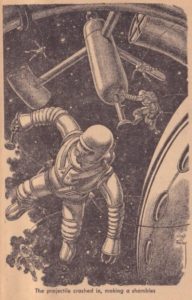
Inside Lowndes does better in his aims, with none of these stories appearing since first publication:
The Moon Menace by Edmond Hamilton

The first reprint comes from the September 1927 issue of Weird Tales, penned by the prolific, and still writing, Edmond Hamilton.
In The Moon Menace, Dr. Howard Gilbert, a famous but reclusive scientist, receives televisual signals from the Moon. Most other scientists doubt Gilbert’s findings but when the Earth is plunged into total darkness, he may be the world’s only hope.
It starts as a clear imitation of War of the Worlds and is a pretty standard invasion story. Whilst it may not be the most original work it has some interesting elements and readable enough to keep me engaged.
Three Stars
Dust by Wallace West
Although unpublished before, this was apparently rejected for Weird Tales publication some years ago.
Ralph Marvin of the Inquirer is writing up a story on how humanity may die out, but is it already here in the air we breathe?
A very didactic tale, one that could have been a science fact article. However, in spite of stylistic issues, it is a meaty subject that it is good to see addressed in fiction.
Three Stars
The White City by David H. Keller, M.D.
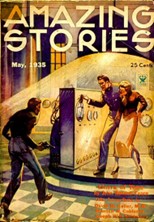
Taken from May 1935’s Amazing, Keller gives us yet another disaster yarn.
Farmer John Johnson decides to build a small holding in the slums of New York and live self-sufficiently. He becomes quite a sensation in the city as an eccentric, but when a terrible blizzard hits the Big Apple, he may be the one hope the world has.
This is an odd piece; for the majority it appears to just be the tall tale of an eccentric farmer. Then it takes a hard left turn into the kind of story you would see in the lowest of comic books.
Two Stars, mostly for curiosity value.
Rimghost by A. Bertram Chandler
The other new tale is a further outing for Chandler’s Rim stories, which we have been covering from the early days of the Journey to the most recent serial in If.
Mr. Willoughby joins a motley crew aboard the Rimgirl. However, something strange occurs, they encounter an exact duplicate of their ship, including its crew.
This spends far too much time for me running through all the characters and establishing connections to other stories such that the actual mystery is treated too abruptly. And, whilst the actual prose is solid, the misogynistic descriptions of Mary are poor.
A low Two Stars
Seeds from Space by Laurence Manning
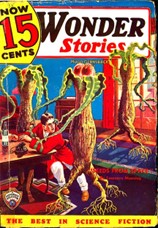
And we finish with another visit to the Strangers Club, this one getting the cover of Wonder Stories for June 1935.
This time Col. Marsh tells of Blenkins who grows plants on his roof in Greenwich village. He plants some strange seeds in this garden and they grow into unusual tall plants. Eventually they walk into his apartment, telling him they are an intelligent species.
A reasonable story of sentient plant life, but it is less Day of the Triffids and more a forgettable tall tale.
Two Stars
So, whilst no complete blunders this issue, no stand outs either. Will third time be the charm?
Famous #3

Our final issue goes further back for its cover, from Science Stories in 1953.

Beyond the Singing Flame by Clark Ashton Smith
This picks up after the publication of Angrath’s journal, where Hastane goes in search of the mysterious city. Within it he encounters even more wonders and what becomes of people who go through the flame.
I feel much the same about this sequel as I do about its antecedent. It is not so much a new idea and largely concerned with continuing exploration of this world, but Smith is such a marvelous wordsmith, the sense of awe pulls you along.
Four stars
A Single Rose by Jon DeCles
The only new fiction this issue. Silas Finnegan is a successful industrialist, who uses all his resources to make the one thing he always dreamed of, his very own unicorn. Of course, he then has to work out how to afford to keep it.
This piece seems to be aiming for something deeper about the nature of beauty, but I mostly just found it a pleasant little story about achieving childhood fantasies.
Three stars
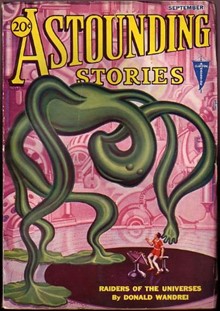
This one comes from September 1932’s Astounding, although reads to me more like something I would expect in Weird Tales.
On a rainy night a party is caught in a storm and Tristan is struck by ball lightning. This causes Tristan’s gravity to be reversed and he is being pulled upwards towards the sky.
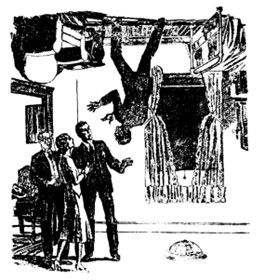
This is very silly, not just in the science, but also in the circumstances which follow from it, with him living an upside-down life on the ceiling and doing circus acts.
One Star
The Last American by J. A. Mitchell
This is the earliest story so far, originating in book form in the 19th Century. However, it is once again one that Derleth currently has out in paperback.
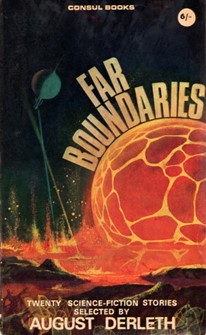
By 1990, the Mehrikan civilization vanished from the Earth and remains a mystery to the historians in Persia. This recounts the voyage of Noz-yt-ahl aboard the Zlothub in 2951 to their mysterious land.
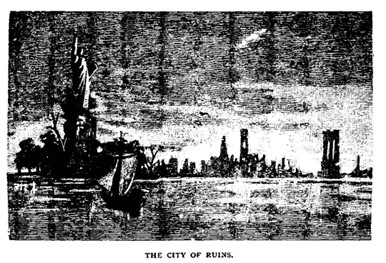
Landing in a strange port with huge structures, they eventually ascertain it is the fabled lost city of Nuh-Yuk, where the people were famous for nothing but their greed and having only prosperity as their God. As they continue to explore Nuh-Yuk they become less enamoured with the civilization, finding the people and buildings monotonous.
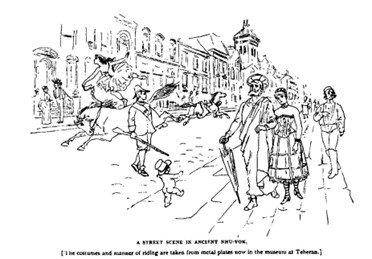
As such they then head down river to Washington and there encounter Jon and his family, the very last remnants of the Mehrikans.
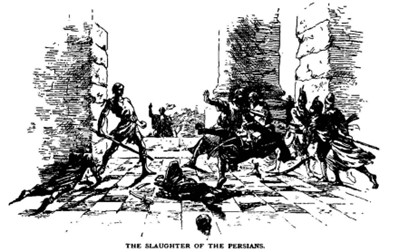
In spite of its age, this holds up as a great satirical piece, with the American being put in the position of the fallen civilization, judged harshly by those in a now dominant position and treated as a museum piece.
A high four stars
The Man Who Awoke by Laurence Manning
Continuing his reprints of Manning’s back catalogue, Lowndes has moved on to his Man Who Awoke series, with this first part coming from March 1933’s Wonder Stories.
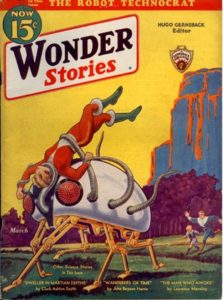
Norman Winters has discovered that by putting himself into a comatose state in a chamber protected from cosmic rays, he can survive without aging. Faking his disappearance, he then sets up an x-ray to wake himself up in the year 5000.
Winters wakes in a time of plenty but not much excitement. People live in small villages and get everything from the trees they grow, only working less than two hours a day. Once the truth about himself is revealed he is caught in struggle between the Oldsters and the Council of Youth. Eventually Winters decides he cannot live here and uses the same method to advance to a later time. To be continued.
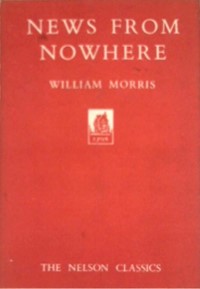
When I started, I thought it was going to be another The Sleeper Awakes. However, it is actually closer to William Morris’ News From Nowhere, showing us an agrarian future without want or struggle, and also asks questions of our current waste of our natural resources.
But this is not a purely a utopian vision, it acknowledges that the level of reaction to “The Age of Waste” (as they call the 20th Century) has resulted in excessive caution and explicitly calls for a middle path, for progress to exist without careless consumption.
Also, in stark contrast to his Stranger Club tales, this is elegantly written. Rather than wading through treacle I felt like I was drinking a glass of dry white wine on a summer’s evening.
Five Stars
Finally, we get the reader rankings for the first issue here:
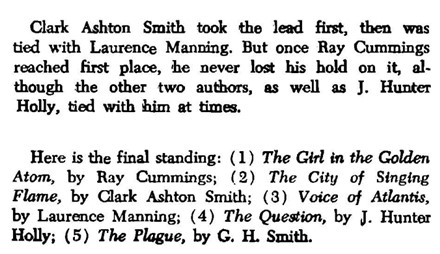
Some Other Someday

So maybe the past isn’t always that amazing either. Whether you are looking at then or now, there will always be both muck and brass.
I am not sure if I will pick up future issues or stick to picking up paperback anthologies for my past exploration. But, even though I will not put plants on my head for a trip to America, I am still happy to listen to Radio London, maybe just turning down the volume if West Coast Consortium come on…

![[July 24, 1967] Not Feelin’ Groovy (<i>Famous Science Fiction</i> #1-3)](https://galacticjourney.org/wp-content/uploads/2022/07/Famous-Cover-Image.jpg)

![[July 20, 1967] An Analog of <i>Analog</i> (August 1967 <i>Fantasy and Science Fiction</i>)](https://galacticjourney.org/wp-content/uploads/2022/07/670720cover-659x372.jpg)

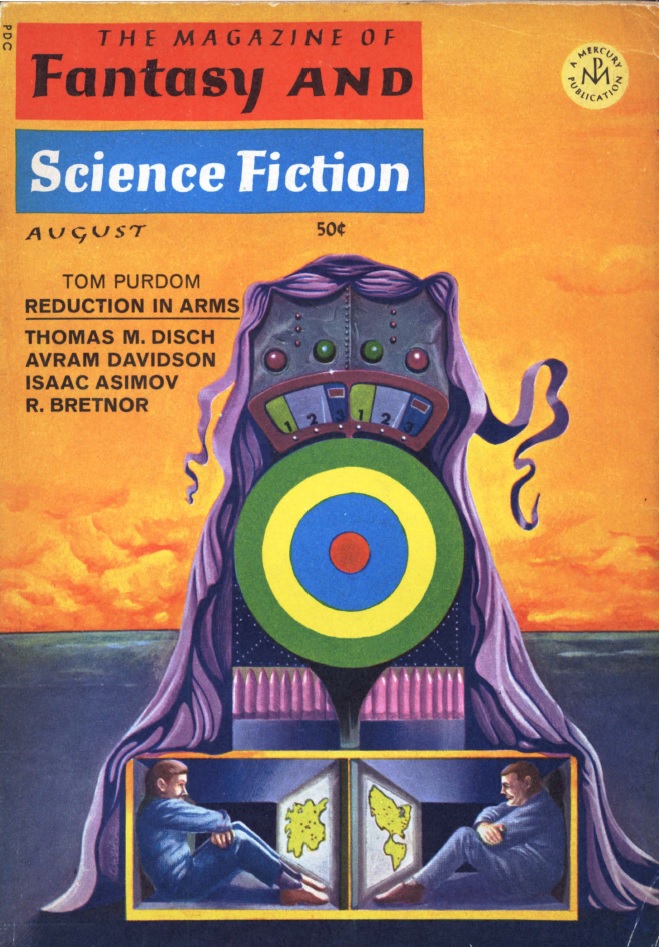
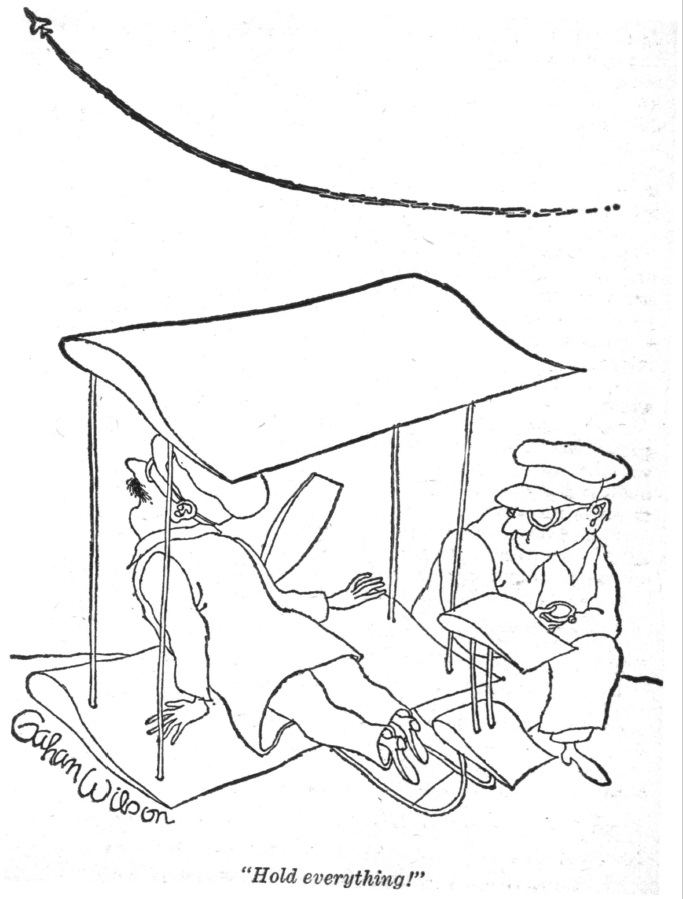


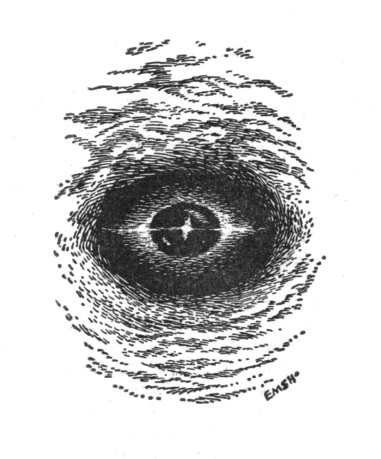

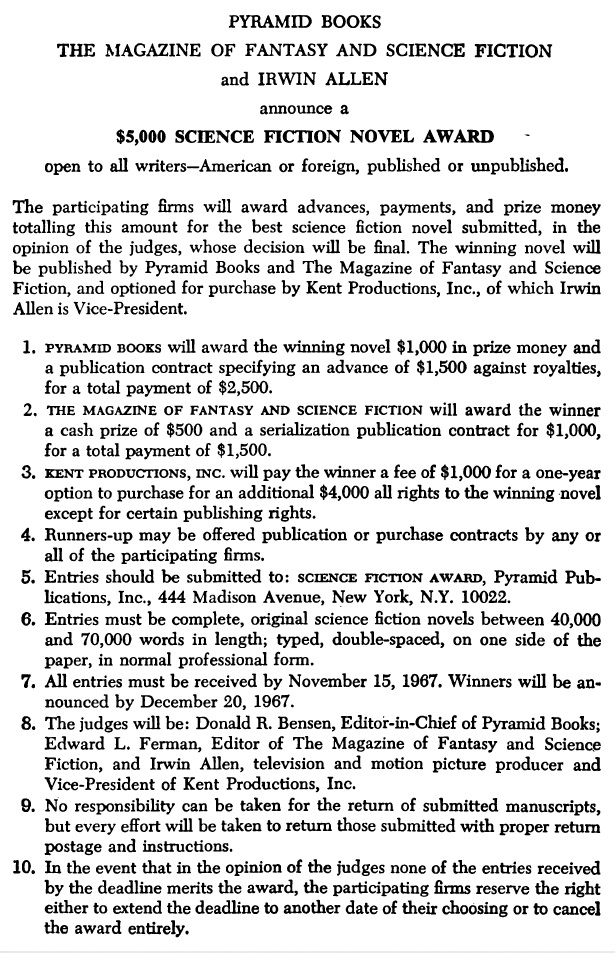
![[July 14, 1967] The Beat Goes On (August 1967 <i>Amazing</i>)](https://galacticjourney.org/wp-content/uploads/2022/07/amz-0867-cover-383x372.png)

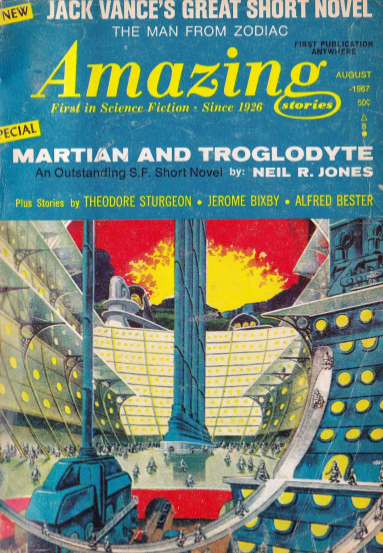

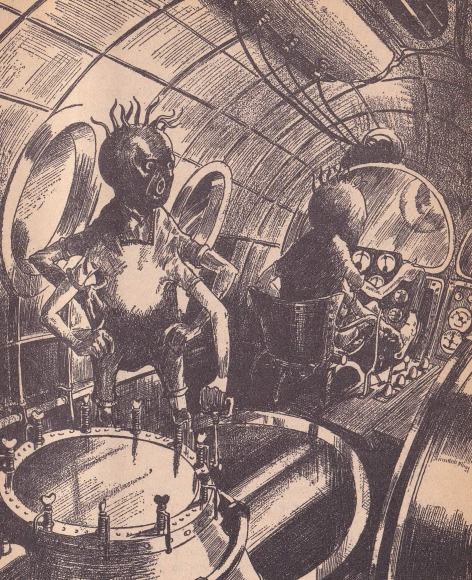


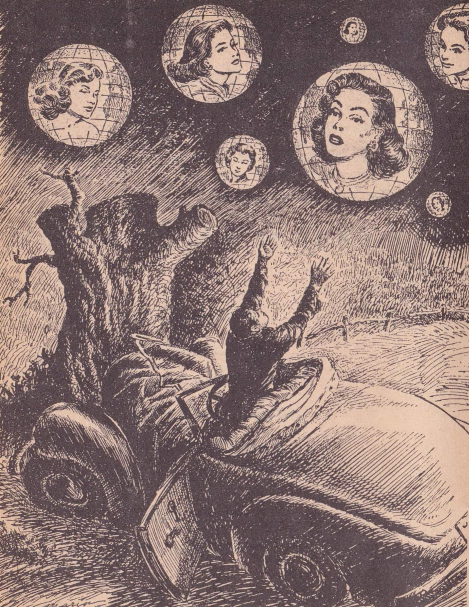
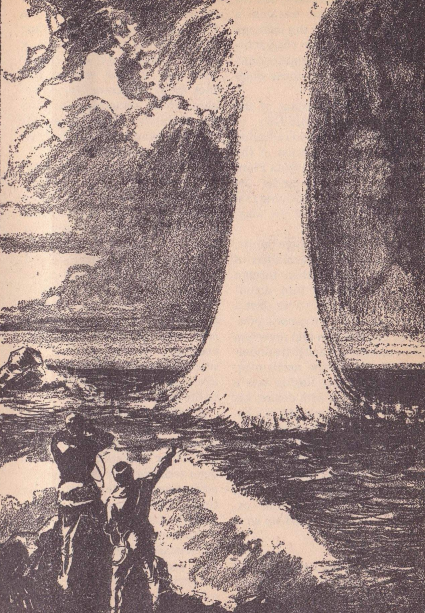
![[July 8, 1967] Family lines (August 1967 <i>Galaxy</i>)](https://galacticjourney.org/wp-content/uploads/2022/07/670710cover-672x372.jpg)




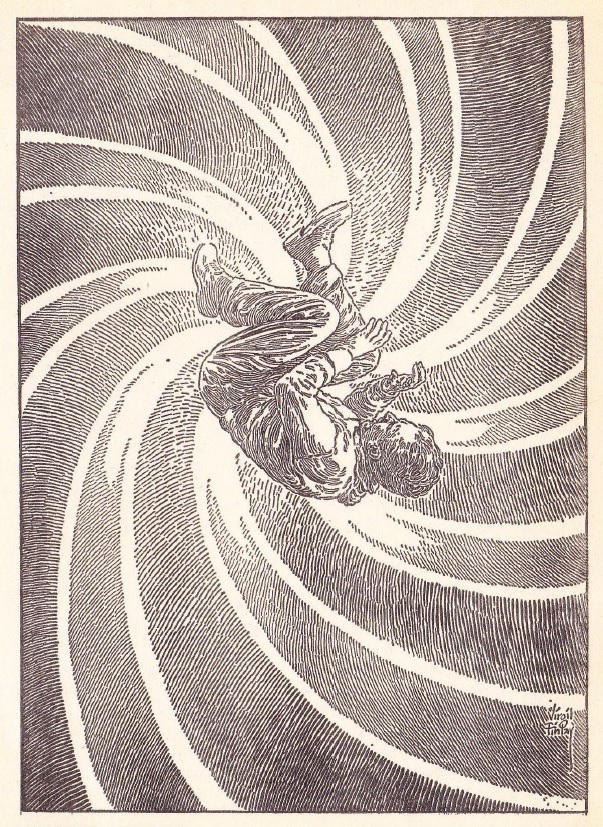






![[July 4, 1967] Angels and Demons (August 1967 <i>IF</i>)](https://galacticjourney.org/wp-content/uploads/2022/06/IF-1967-08-Cover-645x372.jpg)

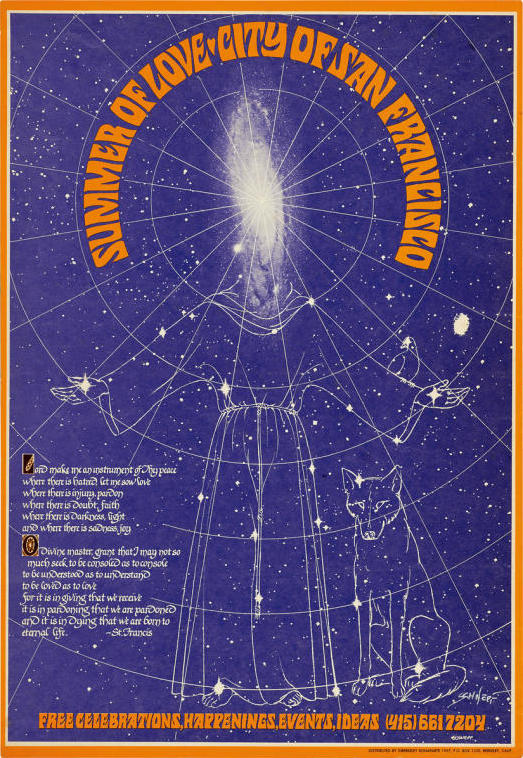 The official poster created by Bob Schnepf
The official poster created by Bob Schnepf The festival was delayed one week due to bad weather.
The festival was delayed one week due to bad weather. This poster is a good example of the new psychedelic art style.
This poster is a good example of the new psychedelic art style.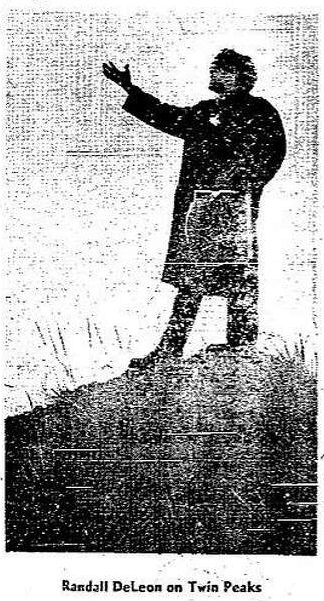 Hippie Randall DeLeon greets the sun and makes the front page of the San Francisco Chronicle.
Hippie Randall DeLeon greets the sun and makes the front page of the San Francisco Chronicle.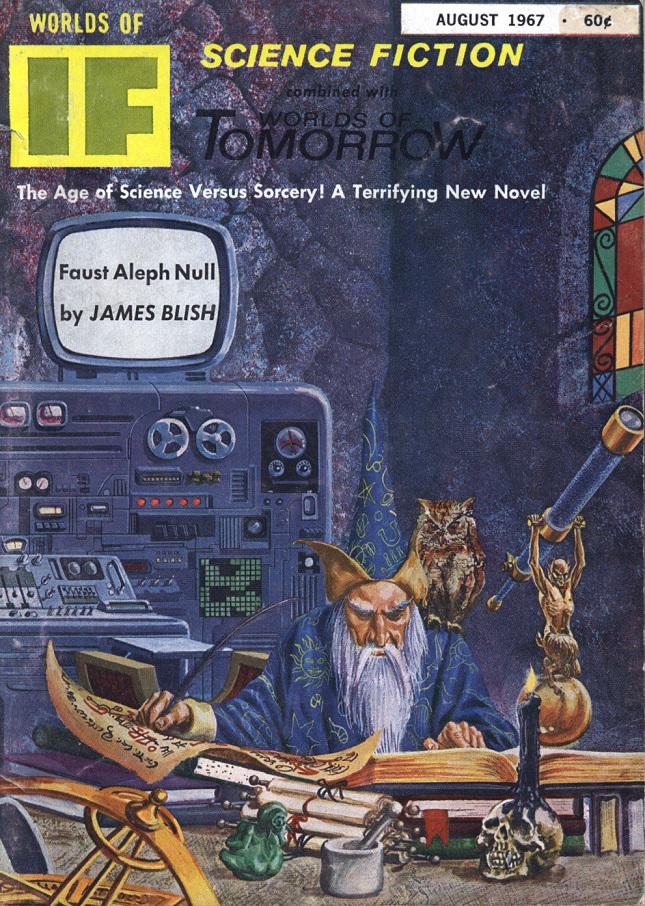 That’s not quite how black magic works in the new Blish novel, but it ought to be. Art by Morrow
That’s not quite how black magic works in the new Blish novel, but it ought to be. Art by Morrow![[June 30, 1967] Bad trip (July 1967 <i>Analog</i>)](https://galacticjourney.org/wp-content/uploads/2022/06/670630cover-672x372.jpg)



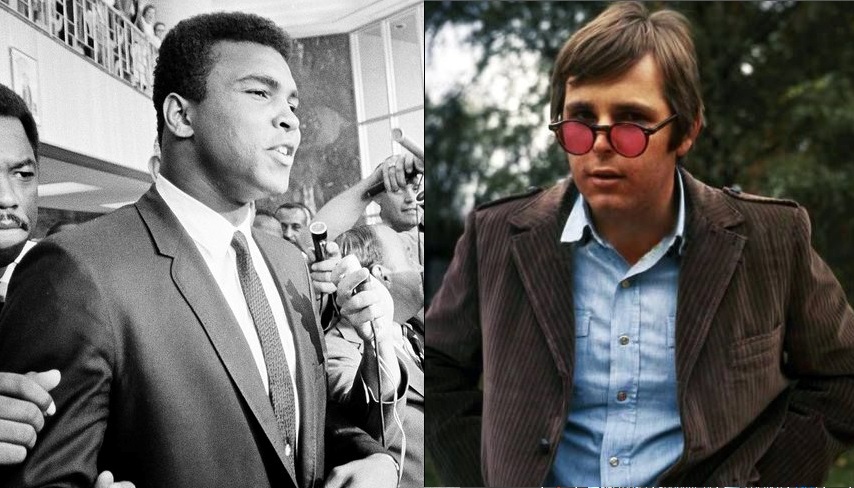
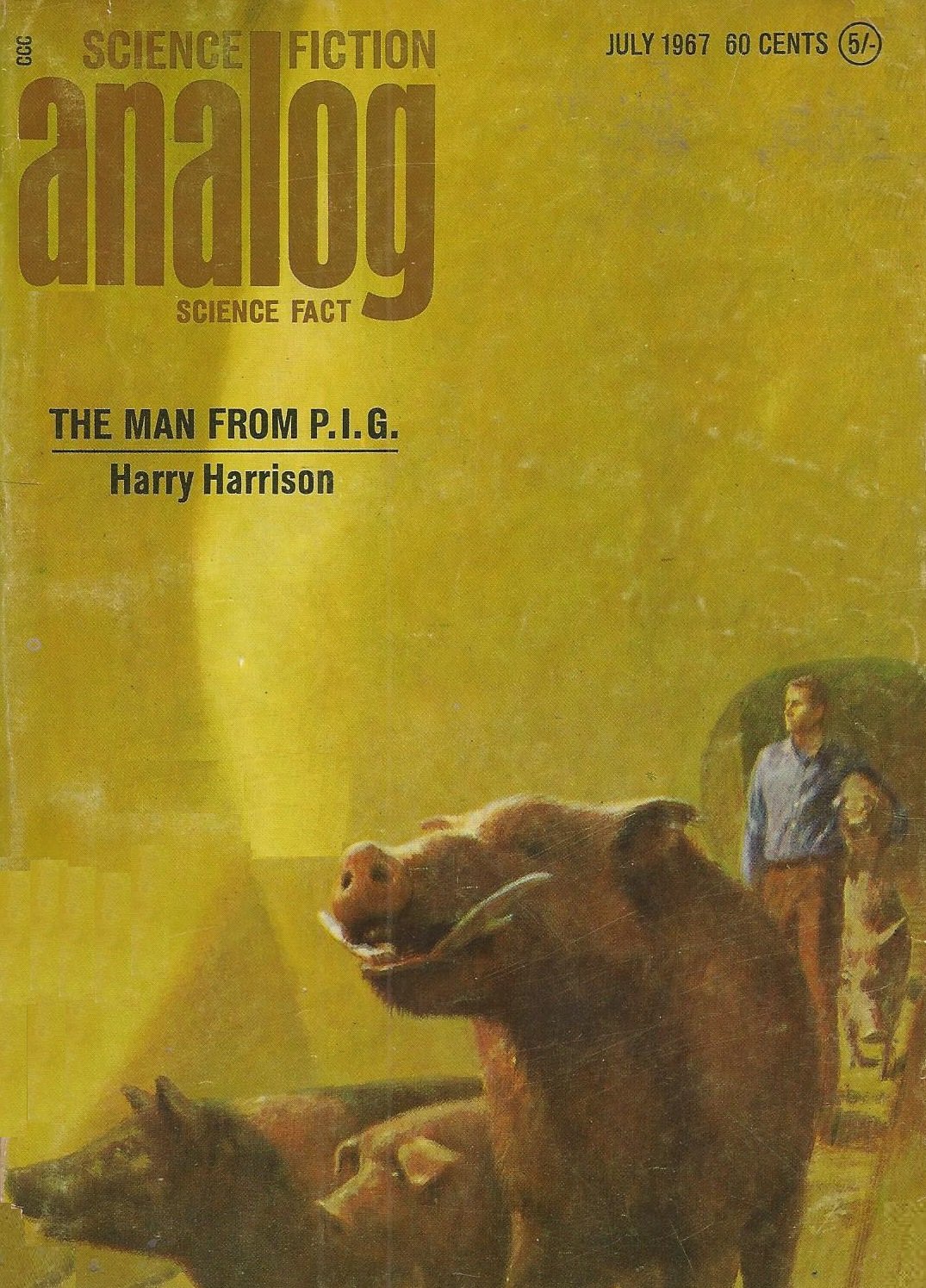
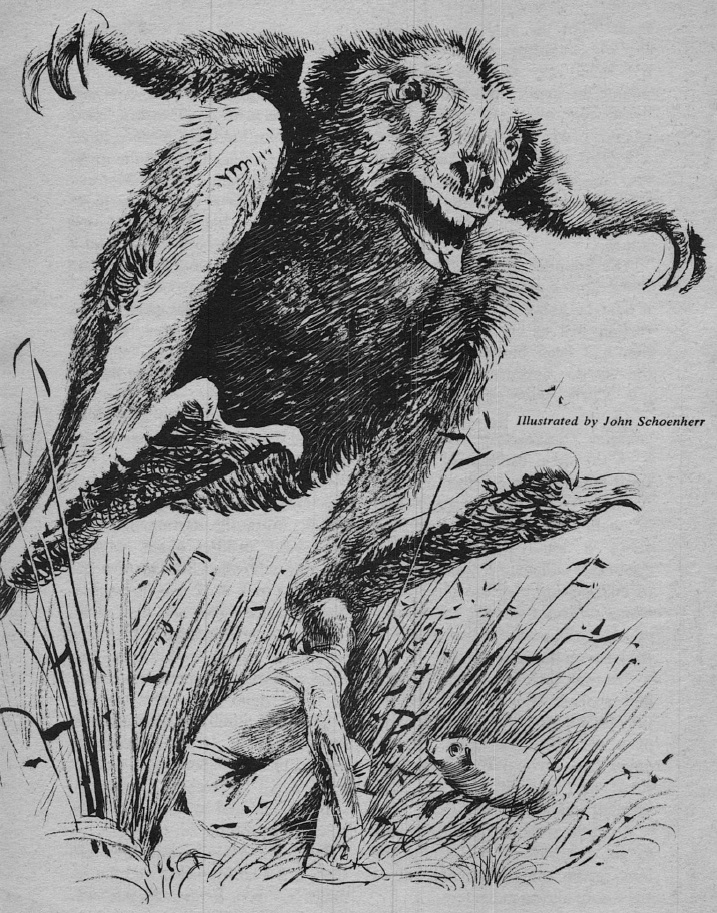
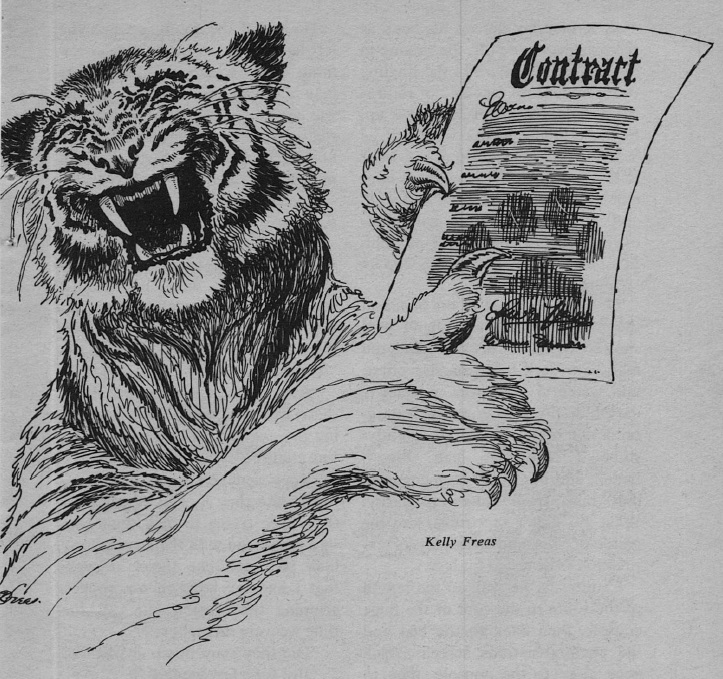



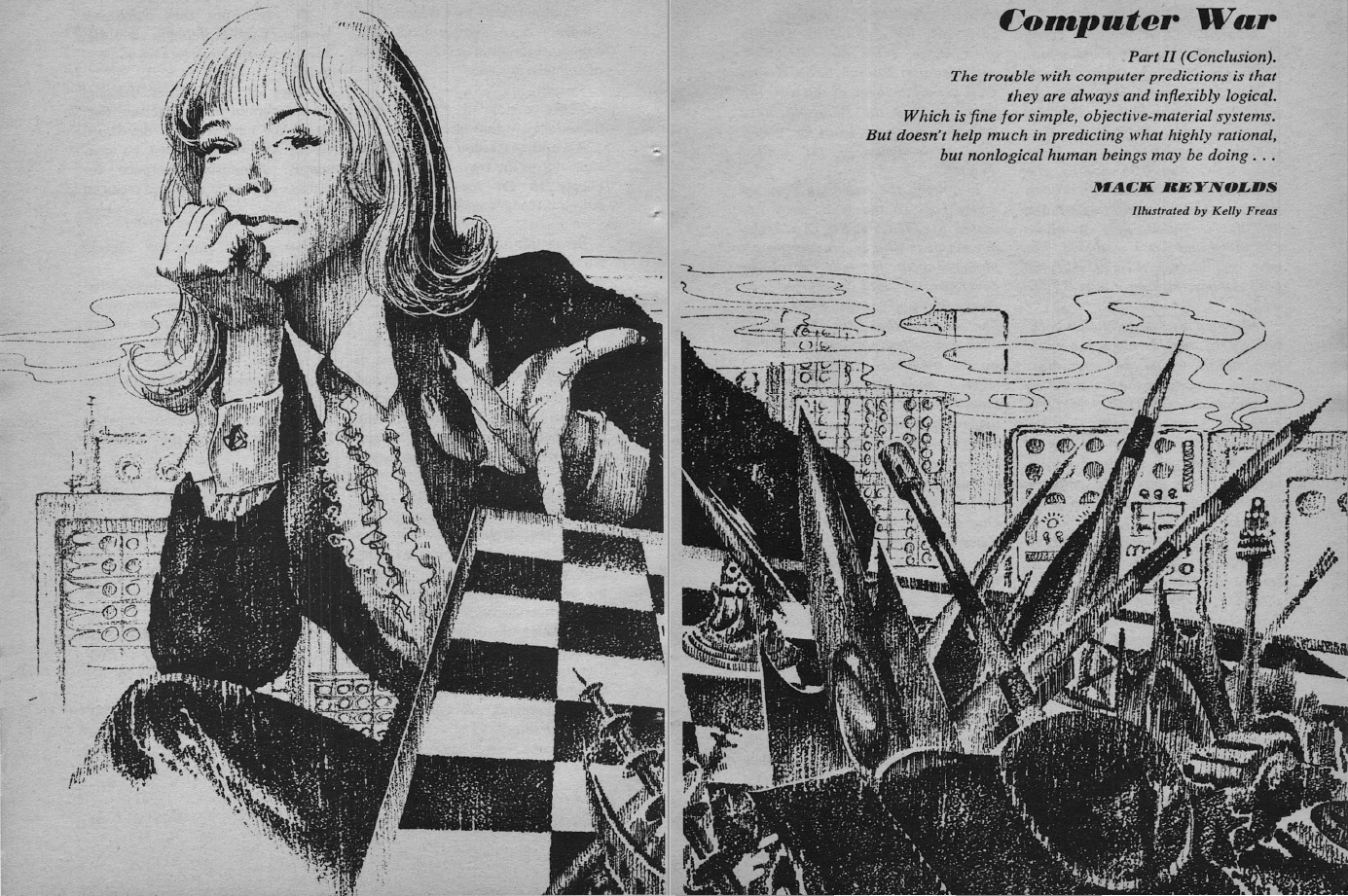


![[June 26, 1967] Change is Here (<i>New Worlds</i>, July 1967)](https://galacticjourney.org/wp-content/uploads/2022/06/New-Worlds-cover-July-1967-672x372.jpg)


 Illustration by Zoline
Illustration by Zoline




![[June 20, 1967] Yours sincerely, wasting away (July 1967 <i>Fantasy and Science Fiction</i>)](https://galacticjourney.org/wp-content/uploads/2022/06/670620cover-649x372.jpg)
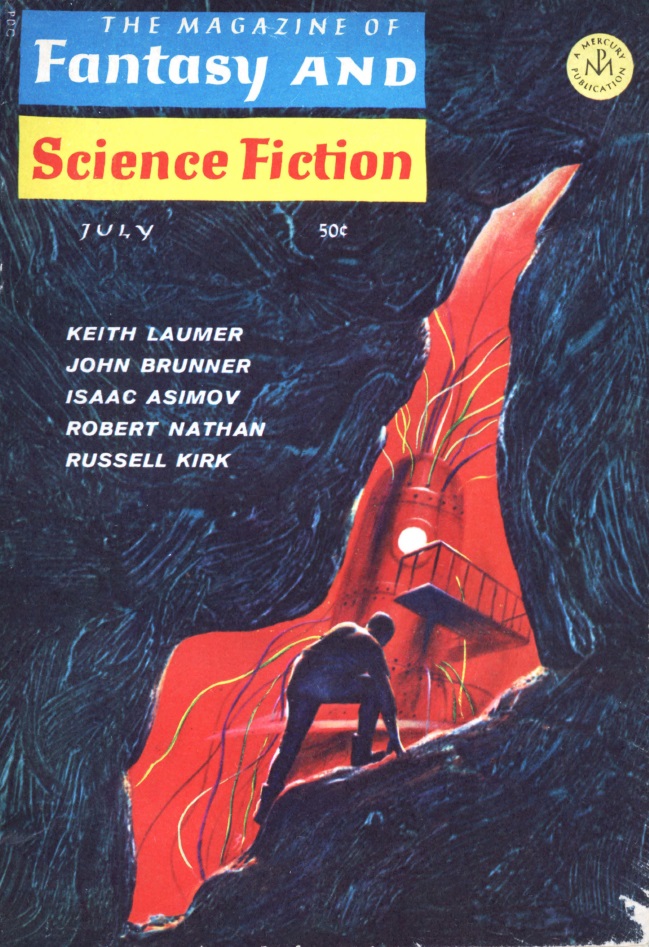
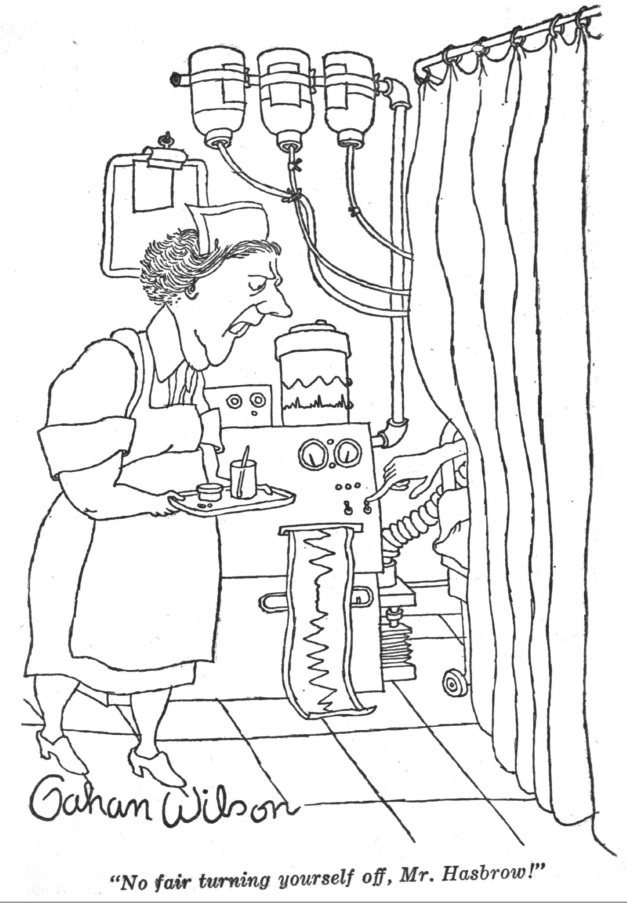
![[June 10, 1967] Music To Read By (July 1967 <i>Fantastic</i>)](https://galacticjourney.org/wp-content/uploads/2022/05/fantastic_196707-2-1.jpg)




















![[June 2, 1967] Uneasy Alliances (July 1967 <i>IF</i>)](https://galacticjourney.org/wp-content/uploads/2022/05/IF-Cover-1967-07-672x372.jpg)

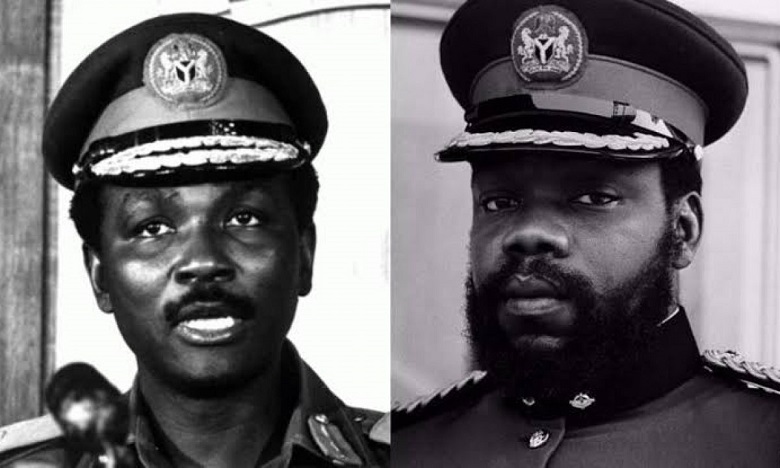 l.: Colonel Yakubu Gowon of Nigeria. r.: Colonel Odumegwu Ojukwu of Biafra.
l.: Colonel Yakubu Gowon of Nigeria. r.: Colonel Odumegwu Ojukwu of Biafra.  Joe Miller is the most fearsome warrior these vikings have ever seen. Art by Gaughan
Joe Miller is the most fearsome warrior these vikings have ever seen. Art by Gaughan